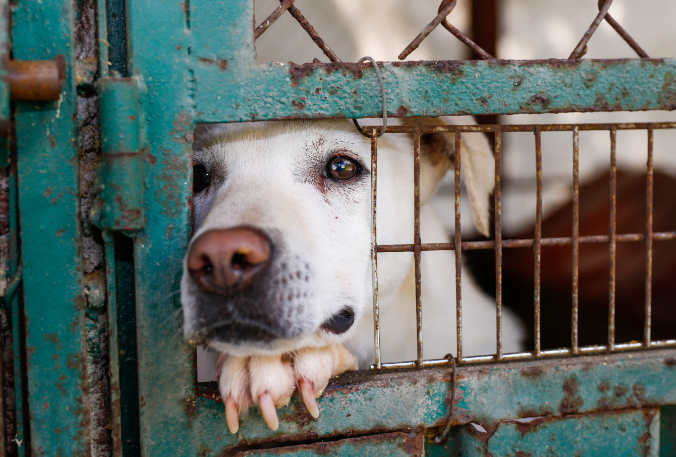Have you ever gazed into your dog’s eyes and wondered what’s going on in that furry head of theirs? Especially as they age, the mysteries of the canine brain become even more intriguing. Let’s embark on a journey to unravel the secrets of your aging dog’s mind.
I. Introduction
You’ve watched them grow, from that mischievous puppy stage, tearing up your favorite shoes, to their mature, wise, and sometimes gray-faced years. But as the years go by, have you ever paused to consider how your dog’s brain evolves? Just like us, our four-legged friends undergo significant cognitive changes as they age. Understanding these changes not only deepens the bond you share but also equips you to offer the best care in their golden years.
II. The Canine Brain: Basic Anatomy
Before diving deep into the aging process, it’s essential to grasp the basics. Imagine the canine brain as a sophisticated control center, orchestrating everything from chasing the postman to those dreamy tail wags during sleep.
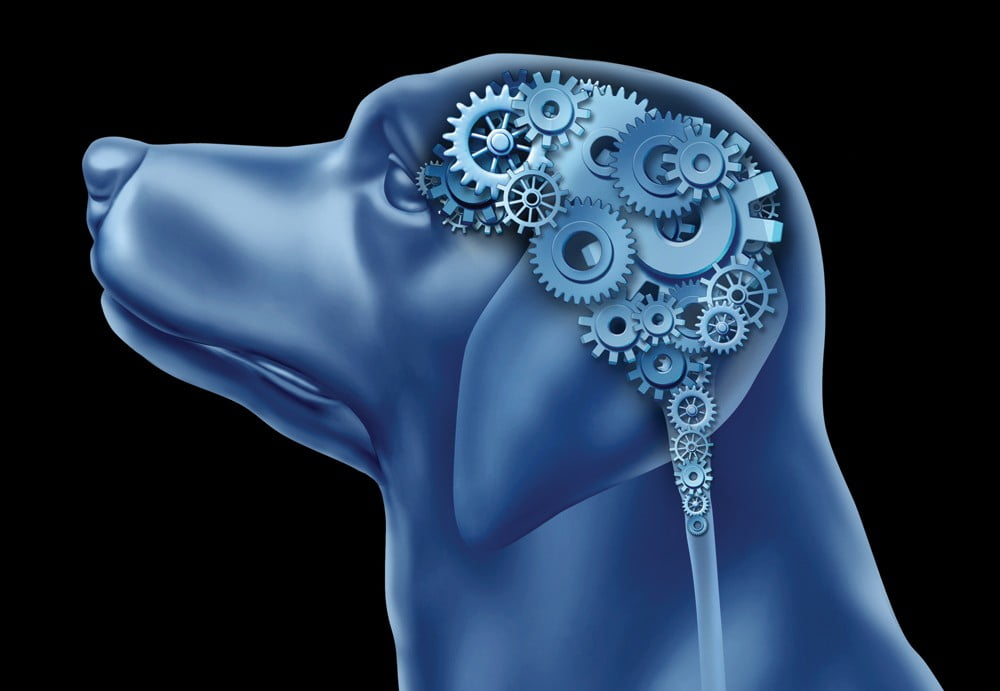
1. Major Parts and Their Functions
Cerebrum: This is where the magic happens! Responsible for learning, emotions, and those quirky behaviors you’ve come to love. When your dog figures out how to open the trash can, you can thank the cerebrum.
Cerebellum: Think of this as the coordination hub. It ensures your dog doesn’t trip over their own feet during those ecstatic backyard sprints.
Brainstem: The unsung hero. It takes care of the basics – breathing, heartbeat, and the essential functions that keep your dog alive and wagging.
2. Canine vs. Human Brain
While it’s tempting to attribute human emotions and thoughts to our dogs (who hasn’t?), their brains are distinct from ours. Yes, there are similarities, but remember, dogs experience the world in their unique canine way. Their sense of smell, for instance, is a superpower we can only dream of!
III. The Aging Process in Dogs: A Timeline
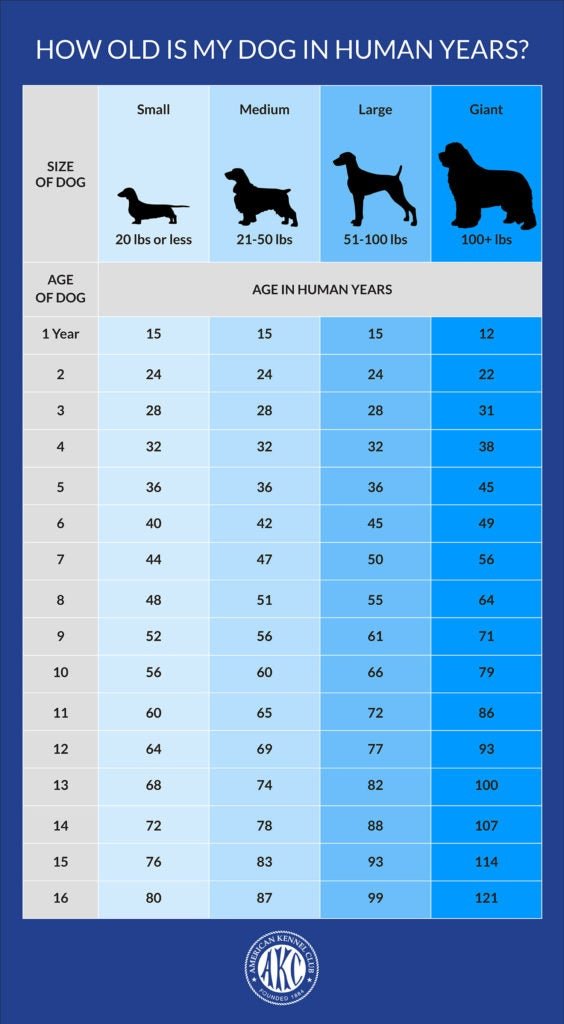
Time flies, especially in dog years. As you celebrate each birthday (or “gotcha day”), your dog’s brain undergoes transformations. Let’s break it down:
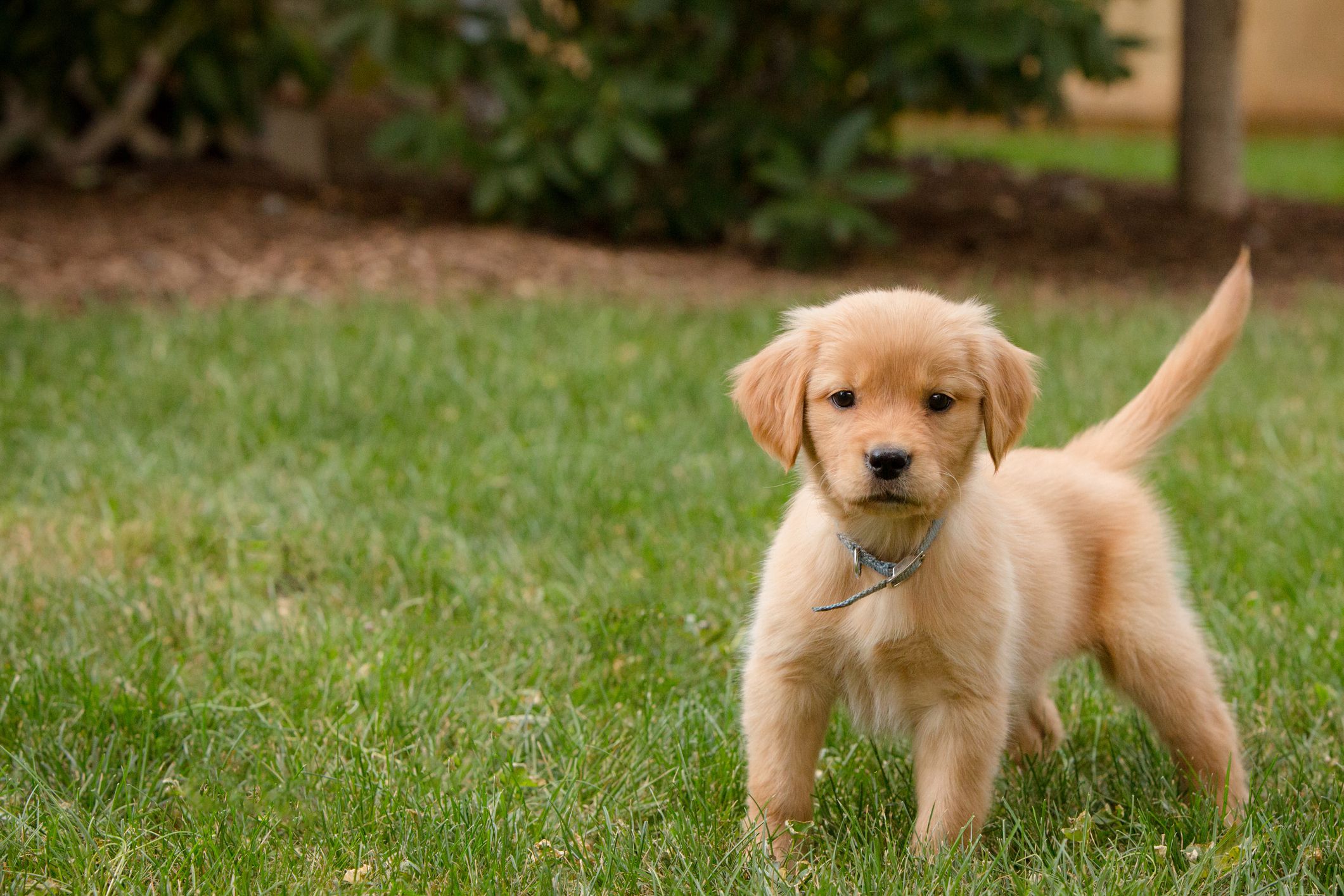
1. Puppyhood to Adulthood
Puppy (0-1 year): A sponge for information. This is the prime time for learning and socialization. Every experience, good or bad, shapes their adult behavior.
Adolescent (1-3 years): The rebellious teen phase. They might test boundaries, but consistent training will keep them on track.
Adult (3-6 years): The brain is fully developed. They’re more predictable and might even seem wiser. But, they’re still up for adventures and learning new tricks.
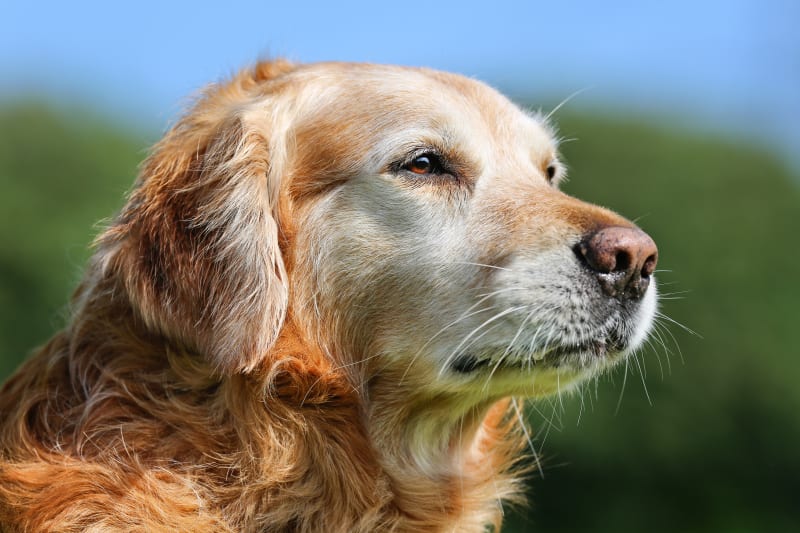
2. Senior Dogs
Ah, the golden years. Starting anywhere from 6 to 9 years, depending on the breed, senior dogs experience:
Physical Changes: Slower reflexes, reduced stamina, and maybe some gray hairs.
Cognitive Changes: Ever noticed them barking at a familiar friend or forgetting their favorite toy? These could be signs of cognitive changes.
By now, you’ve embarked on a fascinating journey into your dog’s brain. But this is just the tip of the iceberg. As we delve deeper, you’ll uncover more about the challenges and joys of your dog’s aging process. So, stay tuned, and remember, every phase of your dog’s life offers unique moments to cherish.
IV. Cognitive Changes in Aging Dogs
Remember those days when your pup would instantly react to the squeak of their favorite toy or the rustle of a treat bag? As they age, you might notice subtle shifts in their behavior. Let’s dive into the cognitive transformations that your aging dog might experience.
1. Memory
Short-Term Memory: Just like humans, dogs can forget recent events. That toy they just played with? It might become a brand-new discovery an hour later.
Long-Term Memory: Ever wondered why your senior dog still gets excited at a place you used to visit years ago? Their long-term memories remain robust, a testament to your shared experiences.
2. Learning
New Tricks: The adage “You can’t teach an old dog new tricks” isn’t entirely accurate. While they might take longer, with patience, they can still learn.
Revisiting Old Lessons: Sometimes, it’s beneficial to revisit basic commands or tricks they’ve learned in their youth. It’s a great mental exercise and a bonding activity.
3. Perception
Sensory Changes: Diminished sight or hearing can alter their perception. They might rely more on their sense of smell or even whiskers to navigate their environment.
Time Perception: Does your dog still recognize your weekend routine or the time for their evening walk? Their perception of time might change, but some routines remain ingrained.
V. Common Neurological Issues in Aging Dogs
It’s a heart-wrenching moment when you realize that your dog’s behavioral changes might be due to underlying health issues. Being informed helps you provide the best care and comfort.
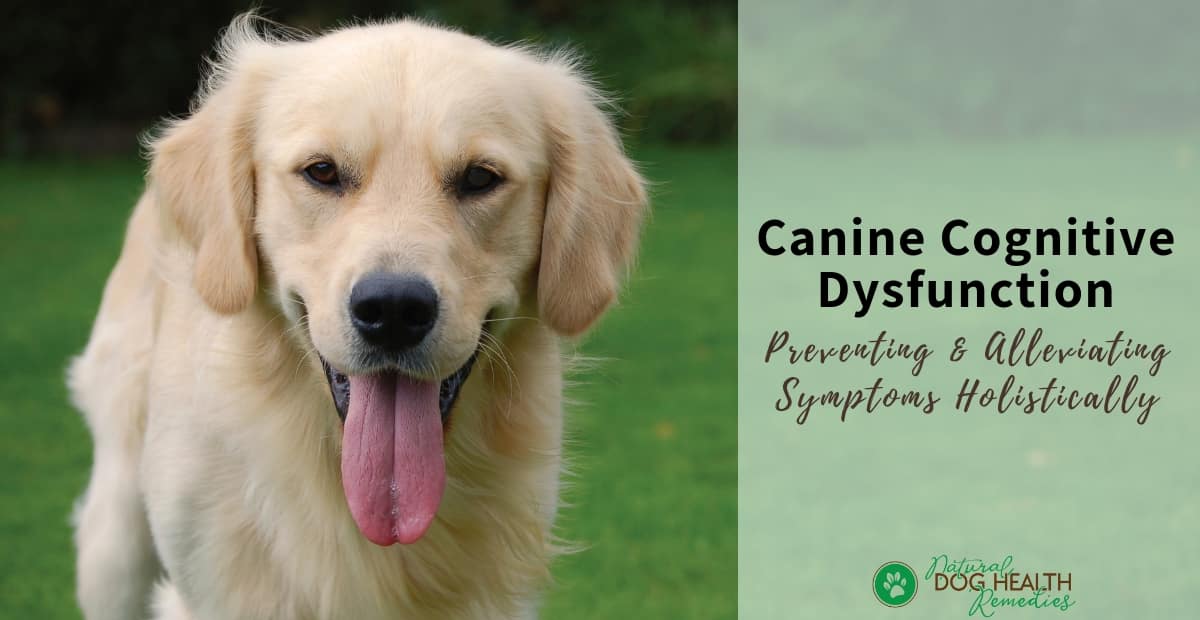
1. Canine Cognitive Dysfunction Syndrome (CCDS)
Symptoms: Disorientation, disrupted sleep patterns, and changes in social interactions are a few signs.
Diagnosis and Treatment: Early diagnosis is crucial. While there’s no cure, treatments can improve their quality of life.
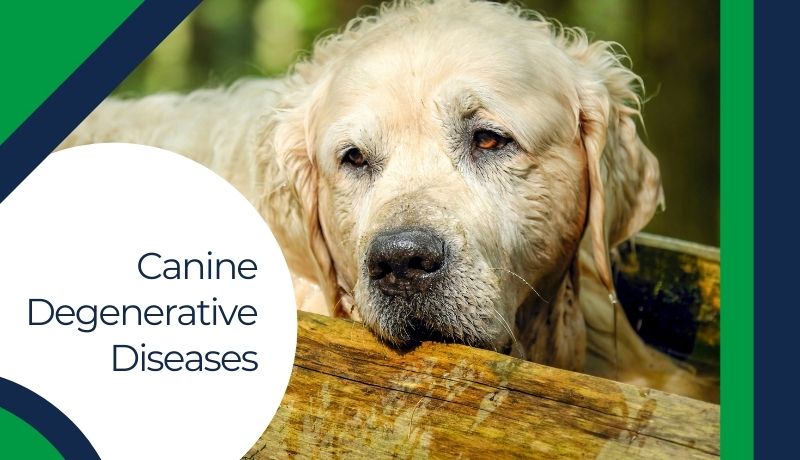
2. Degenerative Conditions
Brain Tumors: Watch out for signs like seizures, altered behavior, or vision problems.
Strokes: Yes, dogs can have strokes. Symptoms might include tilting their head, loss of balance, or sudden blindness.
3. Behavioral Changes
Anxiety: Aging dogs can become more anxious, especially in new or altered environments.
Aggression: Pain or discomfort can lead to increased aggression. Regular vet check-ups can help pinpoint the cause.
VI. The Role of Genetics in Canine Brain Aging
Ever wondered why certain dog breeds seem to age more gracefully than others? Genetics plays a pivotal role in how your dog’s brain ages.
1. Predisposed Breeds
Longevity: Breeds like Chihuahuas or Dachshunds often live longer than larger breeds such as Great Danes.
Neurological Issues: Some breeds are more susceptible to specific neurological conditions. For instance, Boxers are prone to brain tumors.
2. Research Findings
Latest Studies: Recent research provides insights into the genetic factors influencing canine brain aging. These findings can guide breeding practices and health care.
Future Implications: Understanding the genetic aspect can pave the way for preventive measures, ensuring a better quality of life for future generations of dogs.
By now, you’re gaining a profound understanding of your aging dog’s cognitive world. The journey might be bittersweet at times, but armed with knowledge, you can ensure their golden years are filled with comfort, love, and cherished memories.
VII. The Citizen Science Project: A Deep Dive
Imagine a world where every wag, bark, and playful jump of your dog contributes to science. Welcome to the realm of citizen science, where your observations play a pivotal role in understanding the canine brain.
1. Introduction to the Citizen Science Project
The Concept: Citizen science bridges the gap between professional researchers and everyday dog lovers like you. Your observations, no matter how trivial they seem, can be gold mines for researchers.
The Impact: Thousands of pet owners worldwide are contributing, leading to a richer, more holistic understanding of canine behavior and health.
2. Key Findings and Insights
Memory Patterns: Patterns have emerged, showing how memory functions in dogs of different ages and breeds.
Behavioral Trends: From sleep patterns to reactions to stimuli, the data paints a vivid picture of canine behavior across various life stages.
Health Observations: Early signs of health issues, often overlooked, have been identified, leading to timely interventions and better health outcomes.
3. How You Can Contribute
Join the Movement: Platforms and apps allow you to log observations, participate in surveys, and even interact with researchers.
The Bigger Picture: Every piece of data, from your dog’s favorite toy to their reactions to new environments, contributes to a larger understanding, benefiting dogs worldwide.
VIII. Practical Tips for Caring for an Aging Dog’s Brain
As the years roll by, the bond you share with your dog only deepens. But with age come challenges. Here’s how you can ensure their mind remains sharp and vibrant.
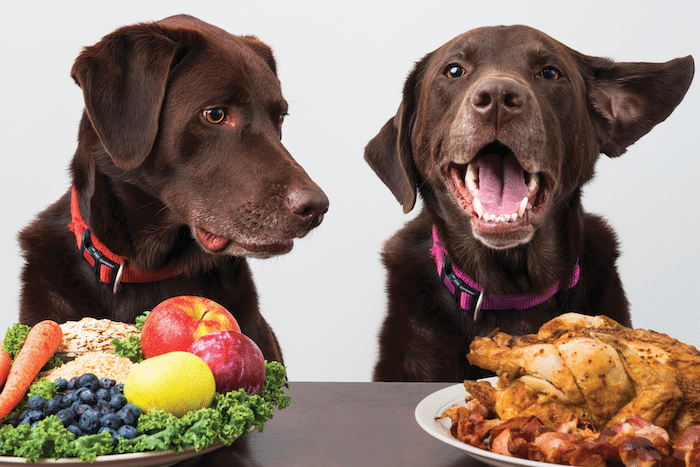
1. Diet
Brain-Boosting Foods: Omega-3 fatty acids, antioxidants, and certain vitamins can enhance cognitive functions. Consider foods like fish, blueberries, and spinach.
Supplements: Consult your vet about supplements that can support brain health, such as Gingko Biloba or phosphatidylserine.
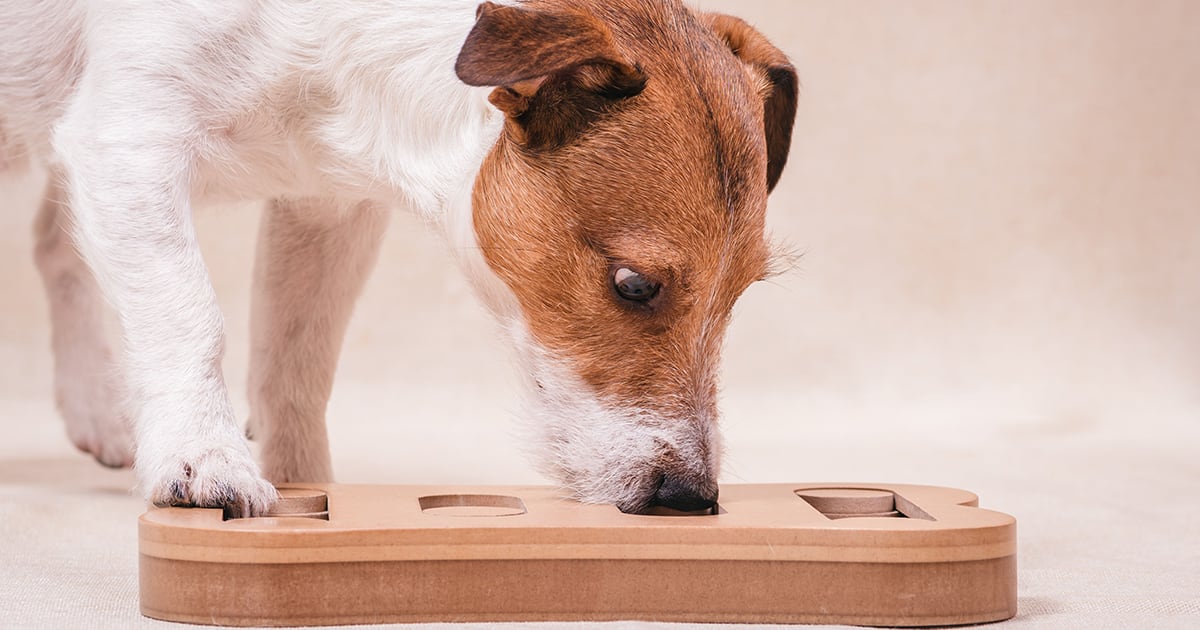
2. Mental Stimulation
Interactive Toys: Toys that challenge your dog mentally can be a great way to keep their brain active.
New Experiences: Introduce them to new environments, scents, or even playmates. Novelty can stimulate their brain.
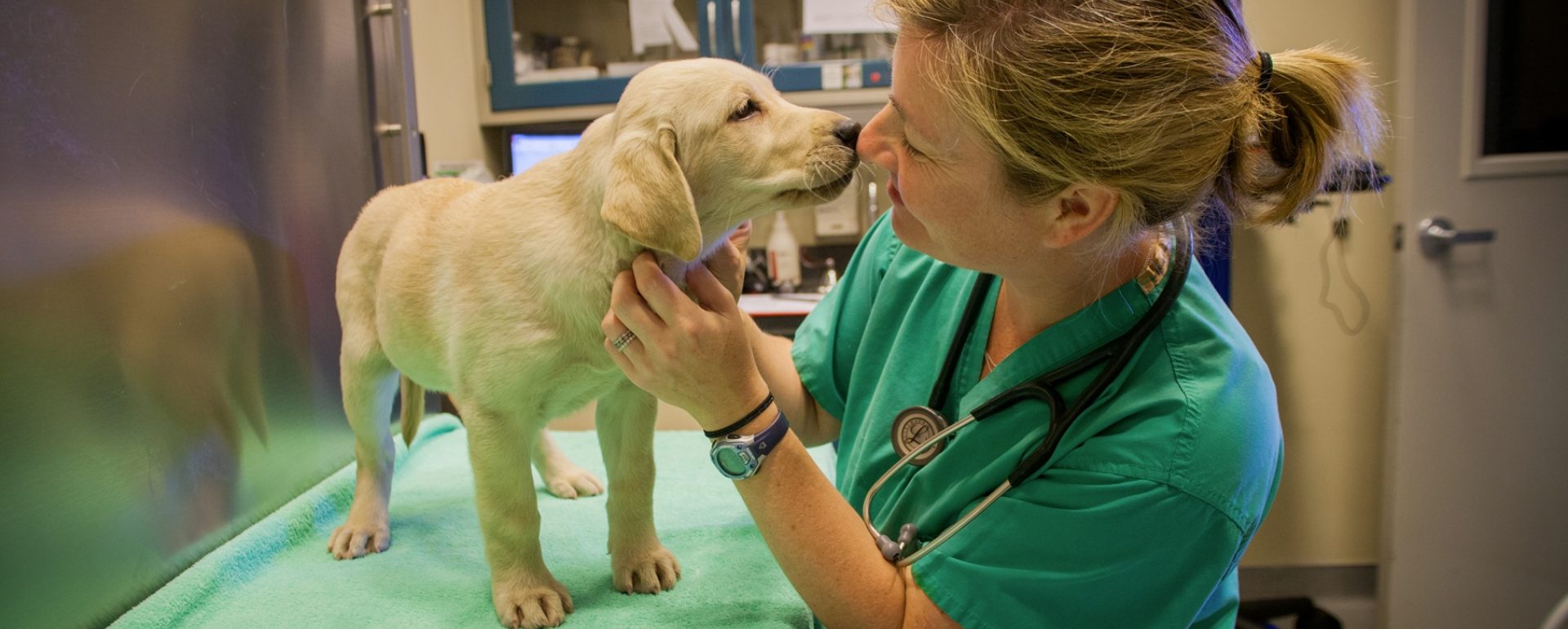
3. Regular Vet Check-ups
Routine Assessments: Regular neurological assessments can detect early signs of cognitive decline or other issues.
Open Communication: Keep an open dialogue with your vet about any behavioral changes, no matter how minor they seem.
IX. The Emotional Aspect: Bonding with Aging Dogs
The twilight years of your dog’s life can be emotionally charged. As they age, the dynamics of your relationship evolve, offering moments of deep connection and introspection.

1. Changing Dynamics
Slower Paces: Your once hyperactive pup might now prefer leisurely strolls. Adapt to their pace, cherishing every moment.
Deeper Connections: As external distractions fade, you’ll find a deeper emotional connection, built on years of trust and love.
2. Coping with Challenges
Patience: They might forget commands or have accidents indoors. Remember, it’s not defiance but a part of aging. Patience and understanding are key.
Seek Support: Join support groups or forums where you can share experiences and learn from others navigating the same journey.

3. Cherishing the Golden Moments
Memory Making: Create lasting memories. Be it a special photoshoot, a day out, or simply cuddling on the couch.
Celebrating Life: Celebrate every day, every wag, every nuzzle. These moments, fleeting as they are, become treasures of the heart.
Your journey with your aging dog is a tapestry of emotions, challenges, and cherished memories. As you navigate this path, remember that every day is a gift, an opportunity to deepen the bond that only time and shared experiences can forge.
X. The Aging Canine Brain: Understanding Cognitive Decline
As our beloved canine companions age, their cognitive abilities can start to wane, much like in humans. This decline in cognitive function is not just a simple result of getting older but is influenced by various factors that affect the brain’s health and vitality.
The Science Behind Cognitive Decline
The aging process in dogs, much like in humans, is accompanied by a series of changes in the brain. These changes can manifest in various ways, from forgetfulness to altered behavior and even changes in personality.
Brain Atrophy: One of the most significant changes observed in the aging canine brain is atrophy. This refers to the shrinking of the brain tissue, particularly in areas responsible for memory and learning. Studies have shown that significant cortical atrophy occurs in aged dogs, leading to an increase in the ventricular volume[^1^].
Neuronal Changes: Along with brain atrophy, there’s evidence of select neuron loss in the hippocampus of aged dogs. The hippocampus is crucial for learning and memory. This neuronal loss might be due to the accumulation of toxic proteins, oxidative damage, and changes in gene expression[^1^].
Aβ Pathology: Aged dogs naturally accumulate human-type beta-amyloid peptide, a protein critically involved with the development of Alzheimer’s disease in humans. This accumulation is believed to contribute to cognitive decline in dogs[^1^].
Cerebrovascular Pathology
Another significant factor in cognitive decline in aging dogs is cerebrovascular pathology. This refers to the health and function of the blood vessels in the brain. As dogs age, they can develop cerebrovascular amyloid angiopathy (CAA), which involves the deposition of Aβ in association with blood vessels. This can compromise the blood-brain barrier, impair vascular function, and even cause microhemorrhages[^1^].
Oxidative Damage and Inflammation
Oxidative stress, resulting from an imbalance between the production of free radicals and the body’s ability to counteract their harmful effects, is another factor contributing to cognitive decline. Aging and the production of free radicals can lead to oxidative damage to proteins, lipids, and nucleotides, which in turn may cause neuronal dysfunction and ultimately neuronal death[^1^].
XI. Addressing Cognitive Decline: What Can Be Done?
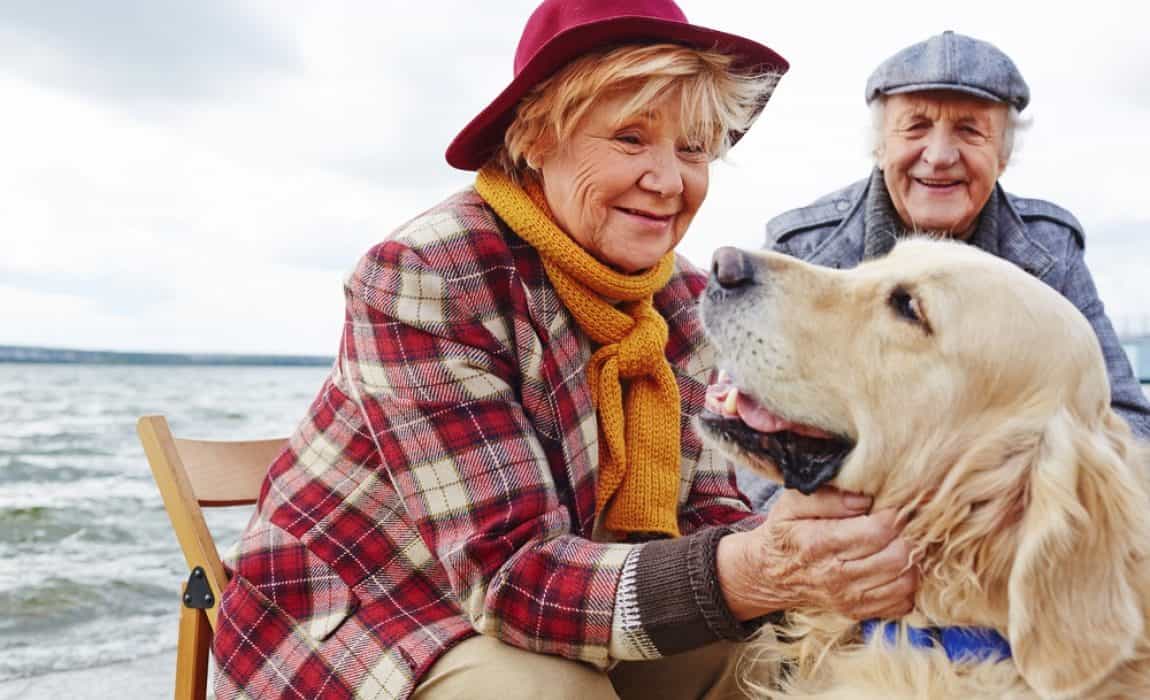
Understanding the causes and manifestations of cognitive decline in dogs is the first step. The next is figuring out what can be done to mitigate these effects or slow down the progression.
Regular Check-ups: Regular veterinary check-ups can help in early detection of cognitive decline. This allows for timely interventions and adjustments to the dog’s environment or routine to accommodate their changing needs.
Diet and Supplements: Certain diets and supplements have been shown to support brain health. Omega-3 fatty acids, antioxidants, and specific vitamins can potentially help in reducing oxidative stress and supporting neuronal health.
Mental Stimulation: Just like humans, dogs benefit from mental exercises. Regular training sessions, puzzle toys, and new experiences can help in keeping their brain active and engaged.
Physical Activity: Regular physical activity can help in maintaining good blood flow to the brain, thereby supporting its health.
Medication: In some cases, medication might be prescribed to address specific symptoms or causes of cognitive decline.
Remember, while aging is a natural process, there are steps that can be taken to ensure that our canine companions remain mentally sharp and engaged as they grow older.
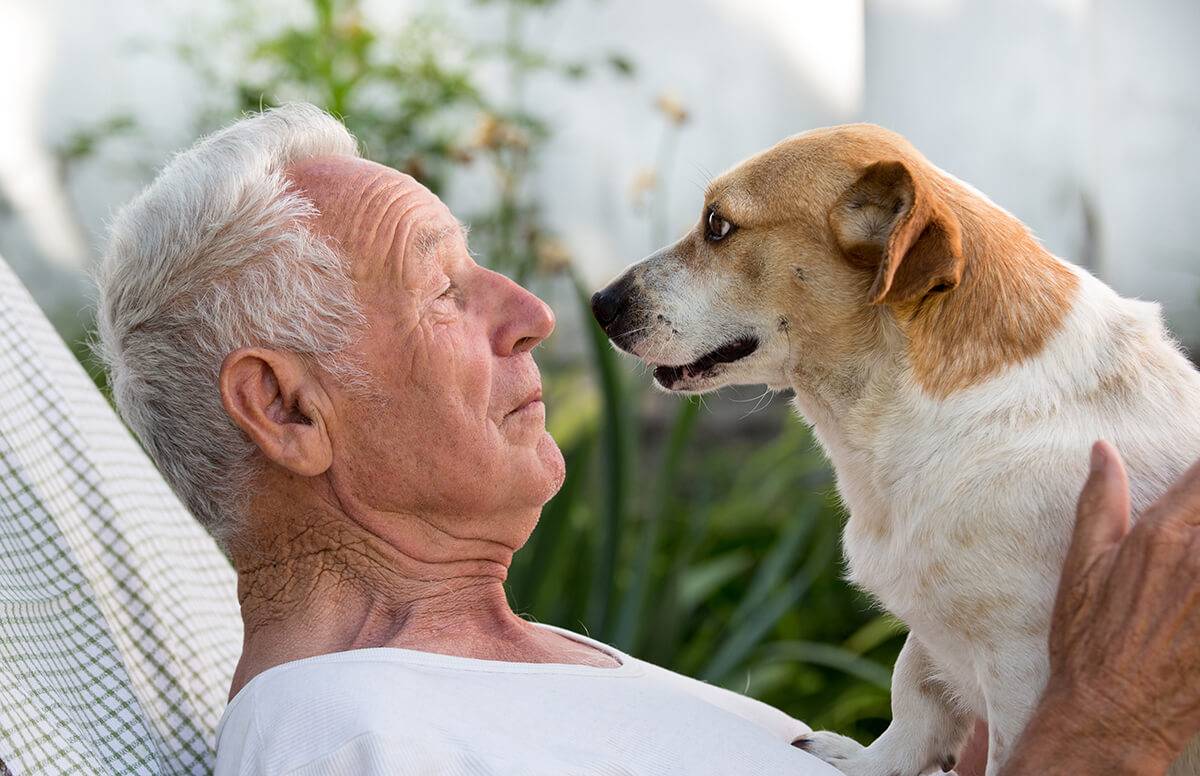
References:
Aging in the Canine and Feline Brain
- Authors: Charles H. Vite, DVM, PhDa and Elizabeth Head, MA, PhDb
- Description: This article reviews canine and feline brain aging, discussing general aging characteristics and neuropathology. It highlights the similarities and differences between aging dogs and cats, and the various research groups working on these animals to test theories of aging and develop beneficial therapeutics.
- Link: PubMed Central (PMC)
Neurobiology of the aging dog – PMC – NCBI
- Description: This article discusses the selective neuron loss in the canine brain with age, focusing on specific brain subregions and phenotypes. It also delves into the potential apoptotic pathways through which this neuron loss may occur.
- Link: NCBI
Dog Diseases – Brain Aging and Behavior Changes – Hill’s Pet Nutrition
- Description: This resource provides insights into the changes in brain function in dogs as they age. It touches upon the behavioral differences that might be observed, such as increased sleeping and lack of energy.
- Link: Hill’s Pet Nutrition
Inside the Brains of Aging Dogs | The Scientist Magazine®
- Description: In this citizen science project, thousands of pet dogs have been helping scientists understand the changes in memory and cognition that occur with old age.
- Link: The Scientist Magazine
These references provide a comprehensive understanding of the aging canine brain and the behavioral changes associated with it. They can be used to further delve into the topic and provide a solid foundation for the article.
[^1^]: Neurobiology of the aging dog [^2^]: Aging in the Canine and Feline Brain – PMC – NCBI [^3^]: Inside the brains of aging dogs – Knowable Magazine [^4^]: Canine Cognition: Introducing the Brain Health Study – Dog Aging Project
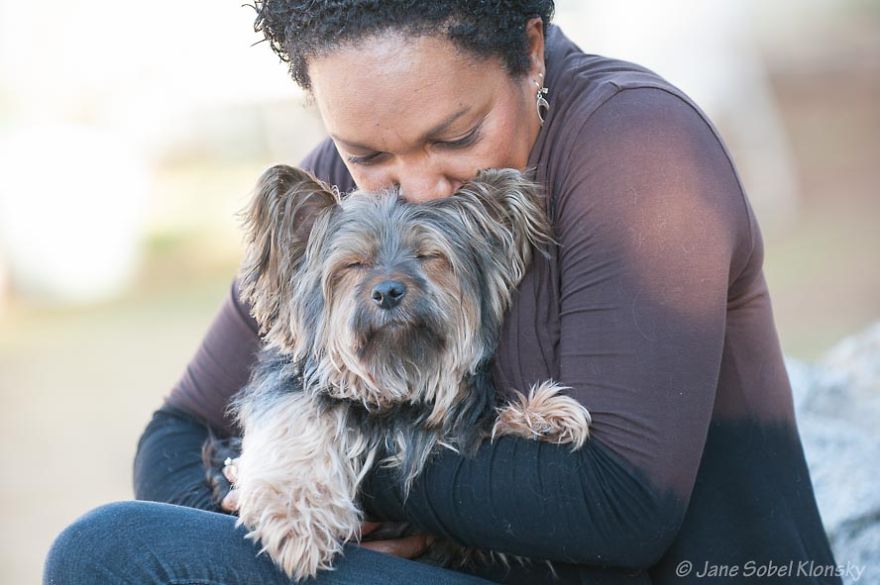
Conclusion
The Aging Canine Brain: A Journey of Discovery
As we’ve journeyed through the intricacies of the aging canine brain, it’s evident that our furry companions undergo transformations just as profound as ours. The parallels between human and canine aging are both enlightening and heartwarming, reminding us of the deep bond we share with our four-legged friends.
The aging process in dogs, much like in humans, is a natural progression of life. While it may bring about certain challenges, it also offers moments of reflection and appreciation. As our dogs grow older, their behaviors might change, their energy levels might wane, and their cognitive functions might not be as sharp as they once were. But these changes don’t diminish the love and loyalty they offer.
By understanding the science behind these transformations, we’re better equipped to provide our pets with the care, patience, and understanding they deserve in their golden years. The research and studies we’ve explored emphasize the importance of early detection, intervention, and consistent care. With the right approach, we can ensure that our dogs lead fulfilling lives, even as they age.
In the end, the journey of an aging dog is a testament to the impermanence of life and the beauty of enduring companionship. As we navigate the challenges and joys of our dogs’ senior years, let’s remember to cherish every moment, celebrate every milestone, and be grateful for the unwavering love they bring into our lives.
Thank you for joining us on this enlightening exploration of the aging canine brain. May it inspire you to hug your furry friend a little tighter tonight and appreciate the precious time you share together.
Enjoyed reading this article? There’s plenty more where that came from! Check out our blog for more insightful articles and tips about your furry friends. Here are a few you might find interesting:
– Pet Friendly Hotels Near Lax Airport
– Top Organic Dog Foods of 2023: Nourishing Your Dog Naturally
– Top 10 Dog Activities To Do With A Child
– Unlocking the Benefits of Premium Dog Vitamin Supplements
– Dog-Friendly Farmers Markets In Los Angeles
– Top 10 Dog Breeds Active Families
Keep exploring and learning with Trusty Paws!



